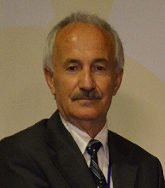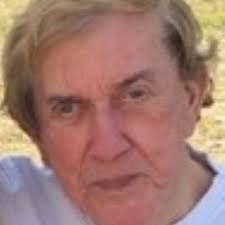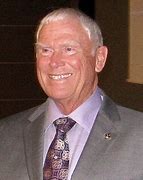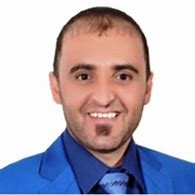Day 1 :
Keynote Forum
Magnus S Magnusson
University of Iceland, Iceland
Keynote: Unique mass-social T-pattern self-similarity between nano and human scales arose in a biological eye-blink: Now molecular and verbal viruses interact
Time : 15:00-15:30

Biography:
Abstract:
Keynote Forum
N. Baydogan
Energy Institute, Istanbul, Turkey
Keynote: The behaviou of boron carbide (b4c) powder on borax/pmma composite surface
Time : 15:30-16:00

Biography:
Abstract:
Keynote Forum
Roger M. Leblanc
University of Miami, USA
Keynote: Versatile carbon dots: Syntheses, characterizations and applications
Time : 16:00-16:30

Biography:
Abstract:
Keynote Forum
Adiguzel Osman
Firat University, Turkey
Keynote: Nanoscale characterization of thermal and stress induced phase transformations in shape memory alloys
Time : 16:30-17:00

Biography:
Abstract:
- Nanotechnology in Battle Against Coronavirus, Nano Science and Technology, Material Science And Engineering, Advanced Nanomaterials, Nano Biomaterials, Pharmaceutical Nanotechnology, Graphene and its Applications, Nano Materials Synthesis and Characterisation, Medicinal Chemistry, Industrial Chemistry, Oil and Petroleum Chemistry, Polymer Chemistry, Electro Chemistry, Nuclear Chemistry
Location: Webinar
Session Introduction
Junhui Hu
Nanjing University of Aeronautics and Astronautics, China
Title: Gas identification by ultrasonically catalyzed single-sensors
Biography:
Abstract:
Thomas Prevenslik
QED Radiations, Germany
Title: The in vivo nanoparticle vaccination extends covid-19 immunity

Biography:
Abstract:

Biography:
Abstract:

Biography:
Abstract:
John McClellan Marshall
Fourteenth Judicial District of Texas, USA
Title: Nanotechnology and the law: 2021

Biography:
Abstract:
Nabeel Z. Al-Hazeem
Gifted Students School in Anbar, Iraq
Title: Intelligent of human cells can tell us what happens to the body of a human

Biography:
Abstract:
Nisrine Nouj
IBN ZOHR University, Morocco
Title: A combined treatment of municipal solid waste landfill leachate using cactus as coagulant and titaniferous sand as filter material

Biography:
Abstract:
Refah Saad Alkhaldi
Prince Sultan Military College for Health Sciences, Saudi Arabia
Title: Quasiclassical molecular dynamics study of chemisorption of CO (vi,ji) molecule on Pdn cluster
Biography:
Abstract:
Biography:
Abstract:
Ishiaq O Omotosho
University Of Ibadan, Nigeria
